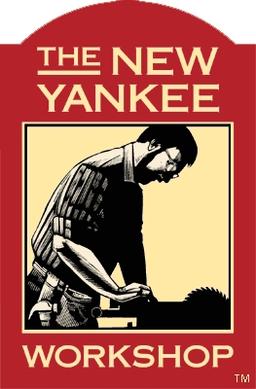

The hosting and external domain are the challenging bit and what needs funding. It has been awhile since I looked into any of this, but there wasn’t an easy way to make such a thing last time I checked.
I think most of these are offloading the video feed to do the ai segmentation and analysis features that make these useful onto a hosting service. I do not expect low pricing as a feature advertised by anyone making such a comprehensive, ethical, democratically safe device. Billionaire exploitation privateer pirates have no qualms about financing hardware at break even prices for monetizing the pillaging of democracy due to the failure of citizens to remain skeptical and well informed.












It’s right here:
Also got one here:
https://github.com/Upcycle-Electronics/CH341A-Pro